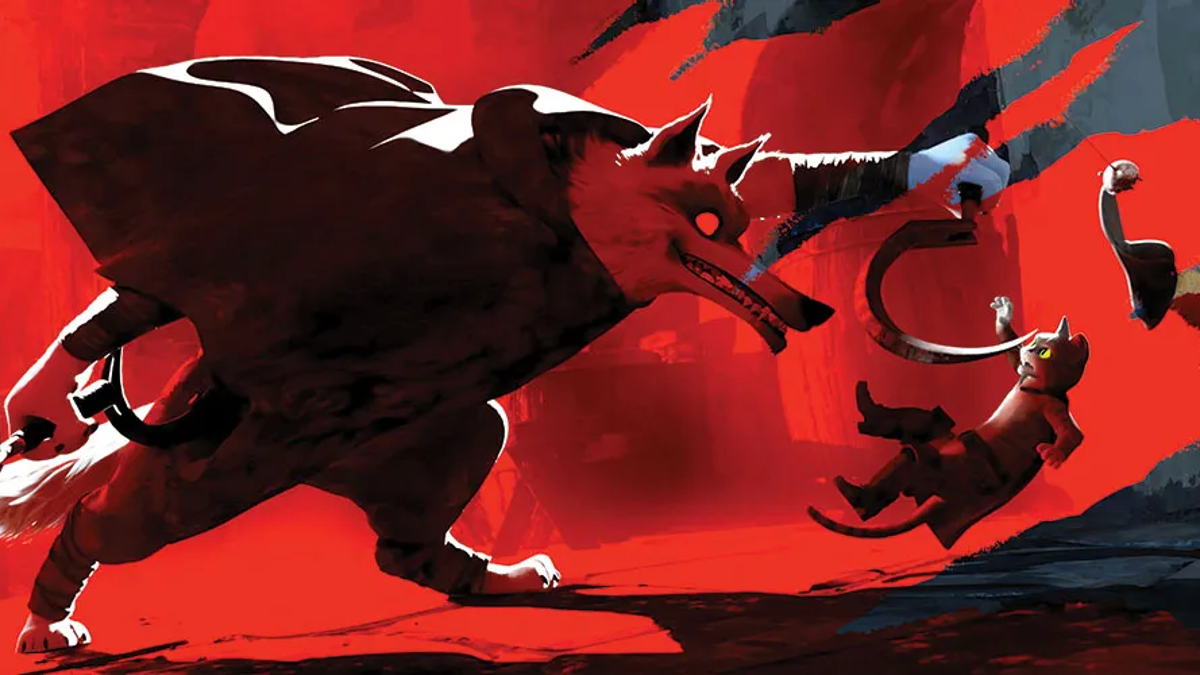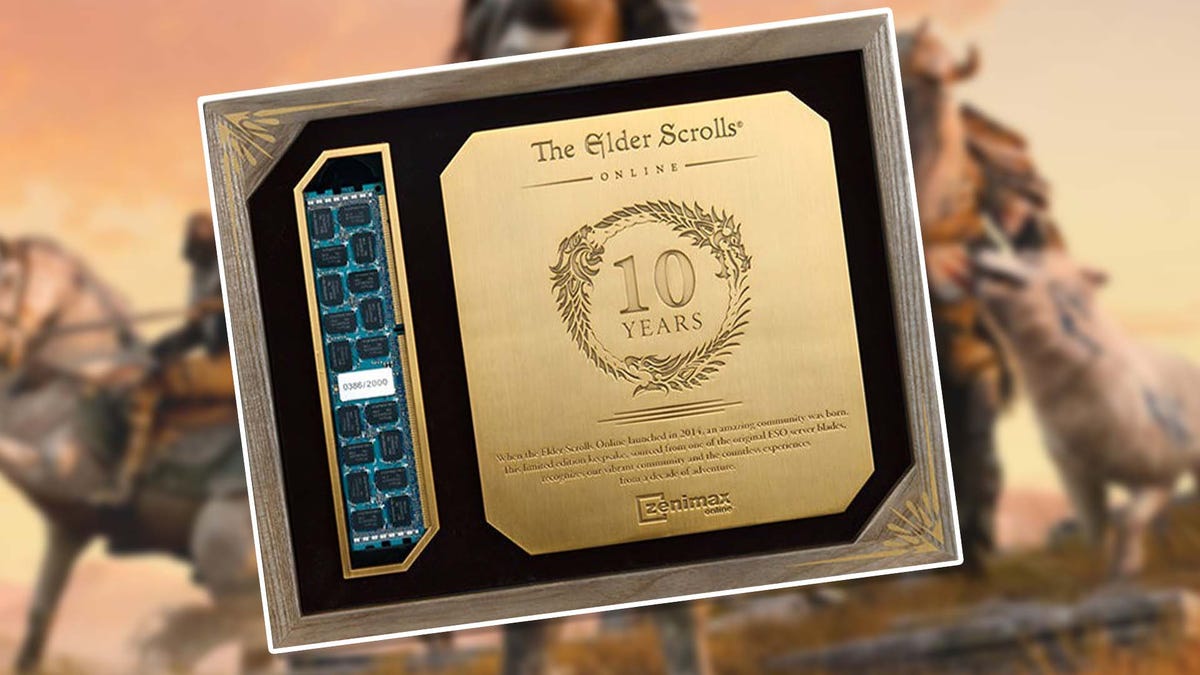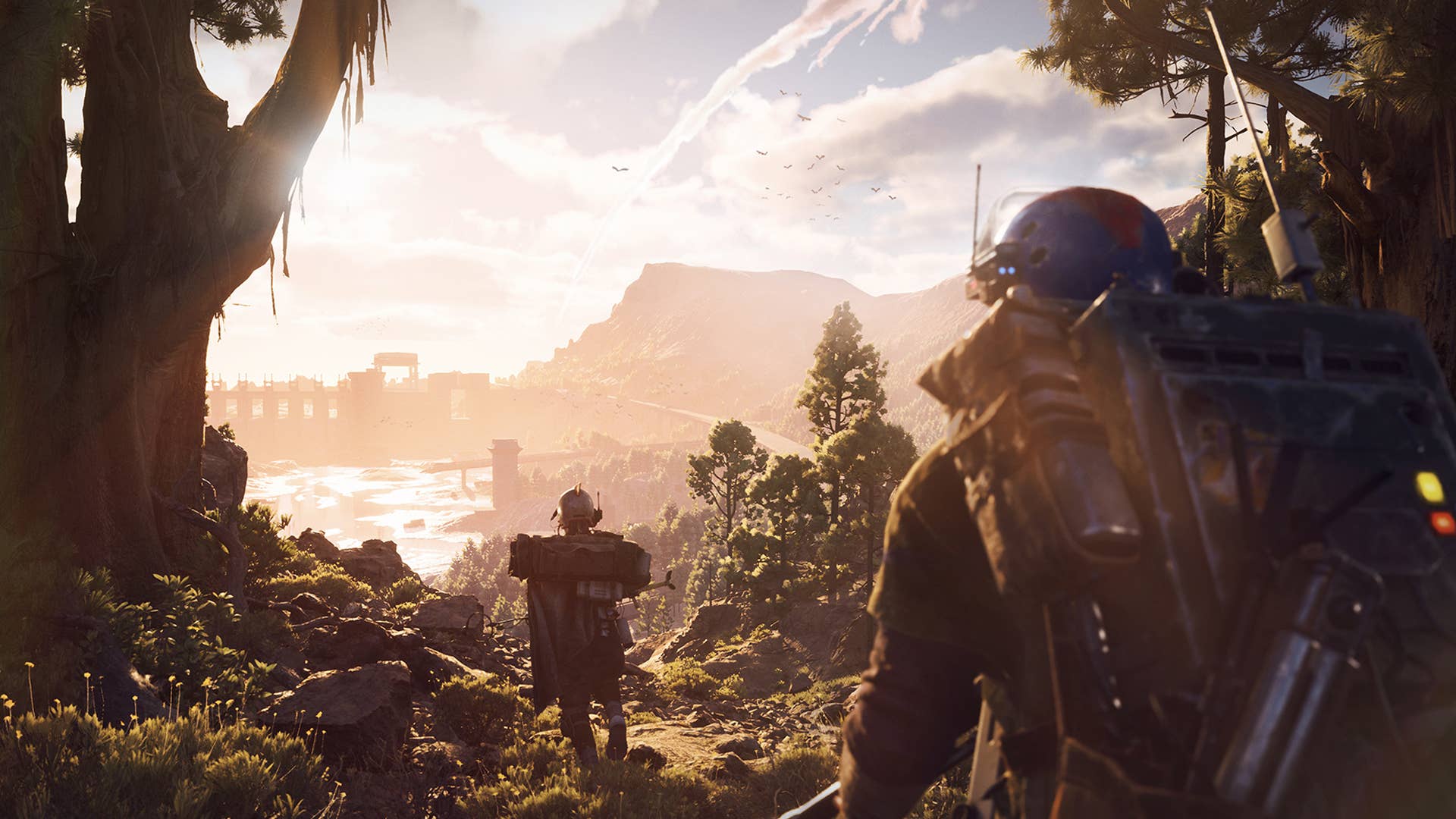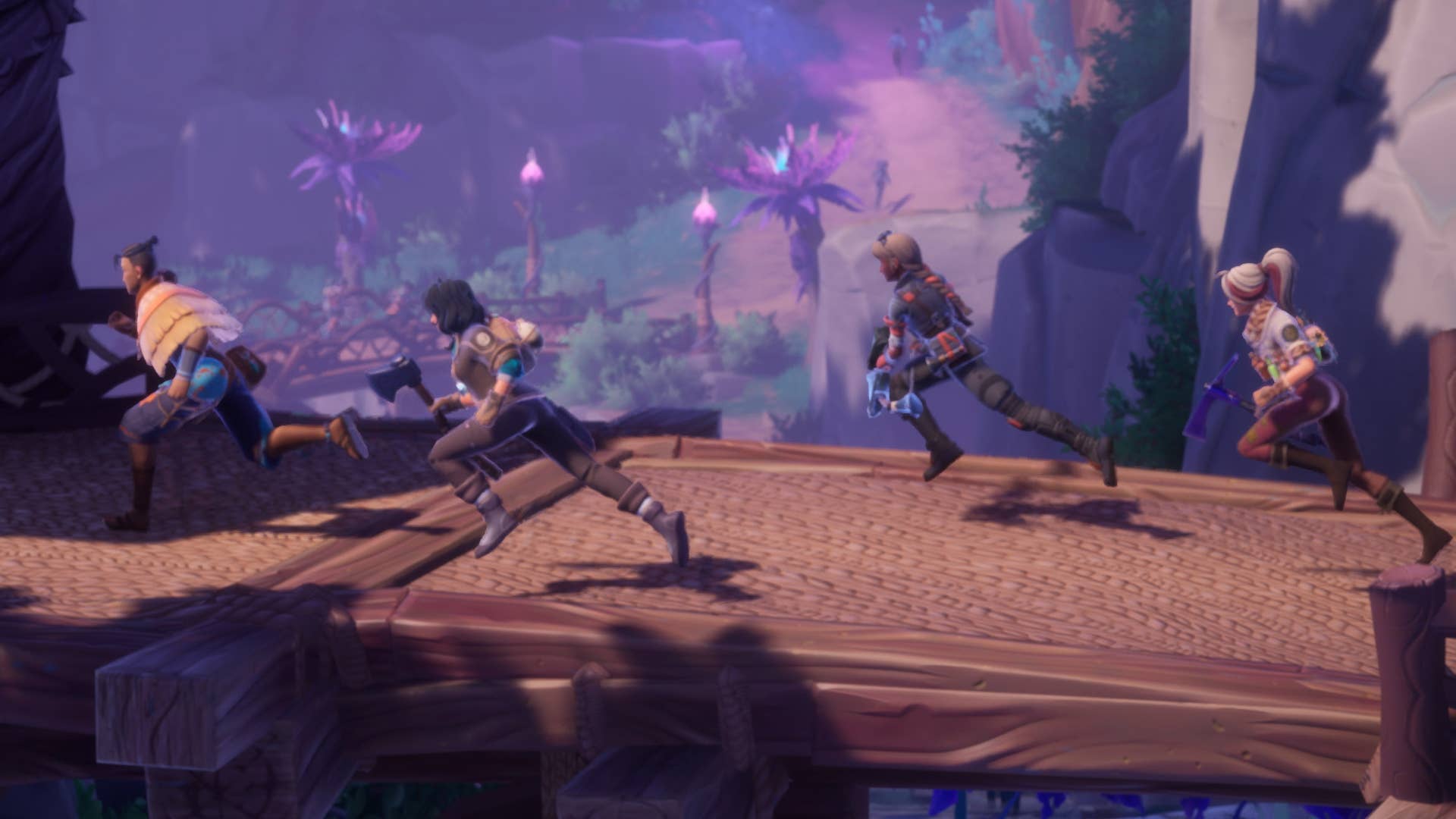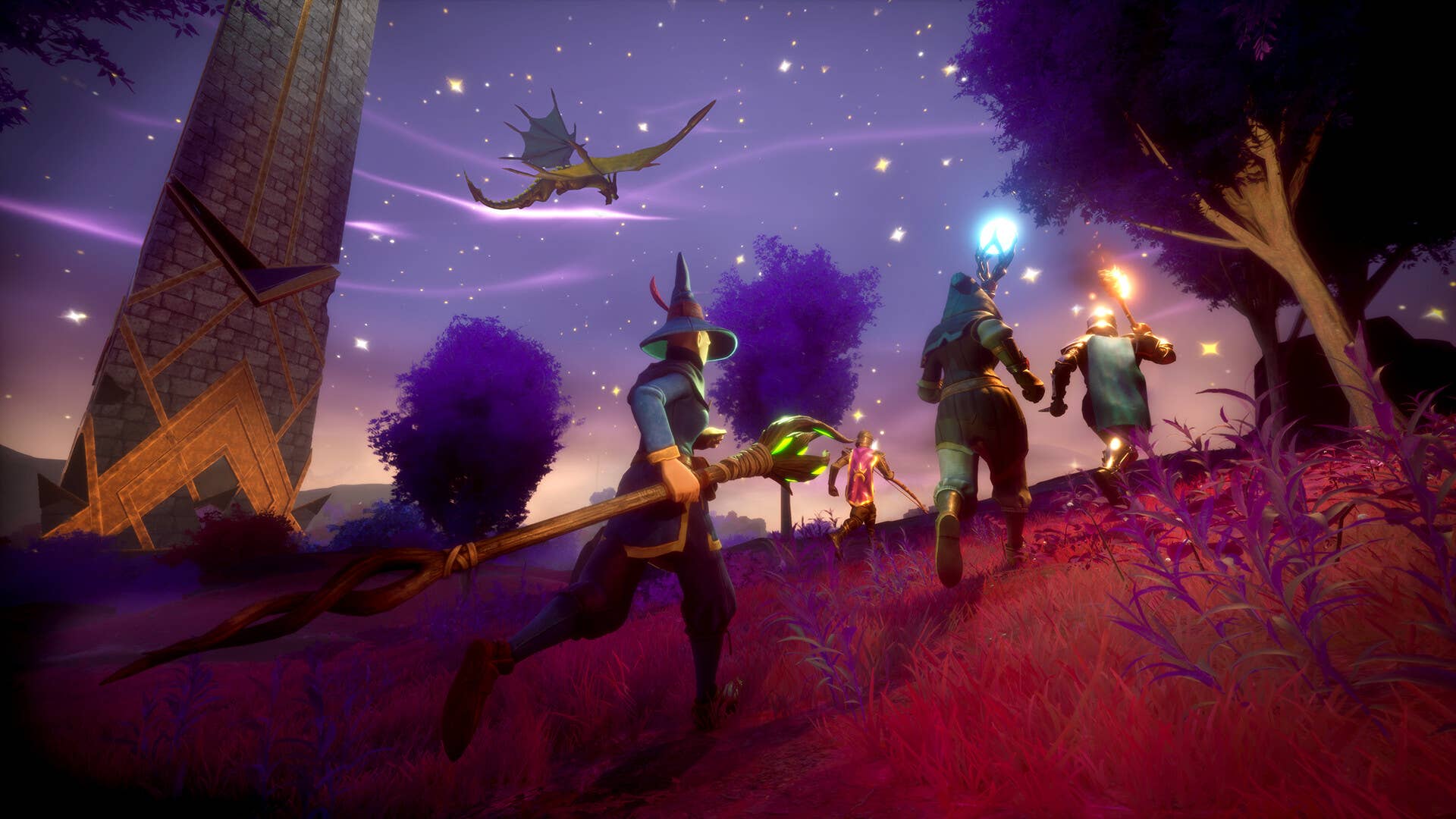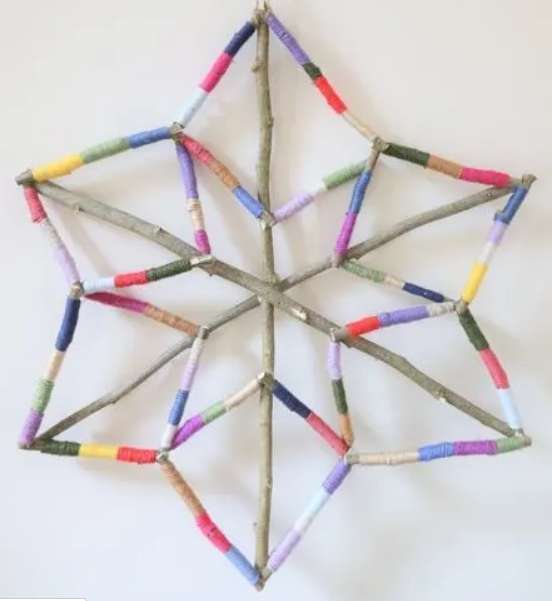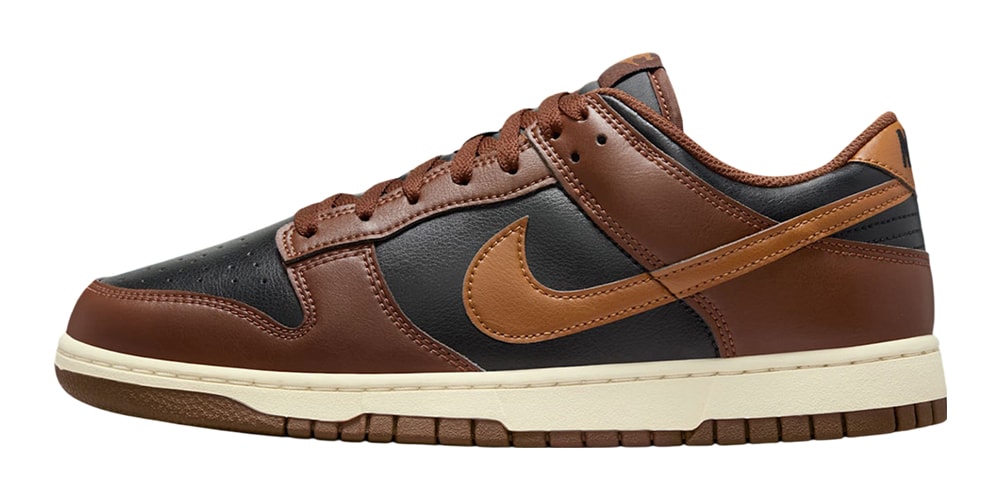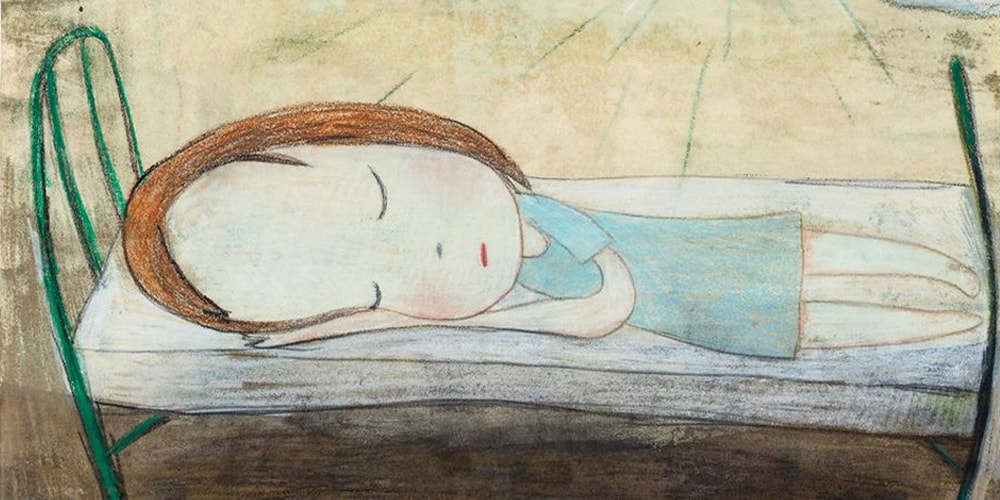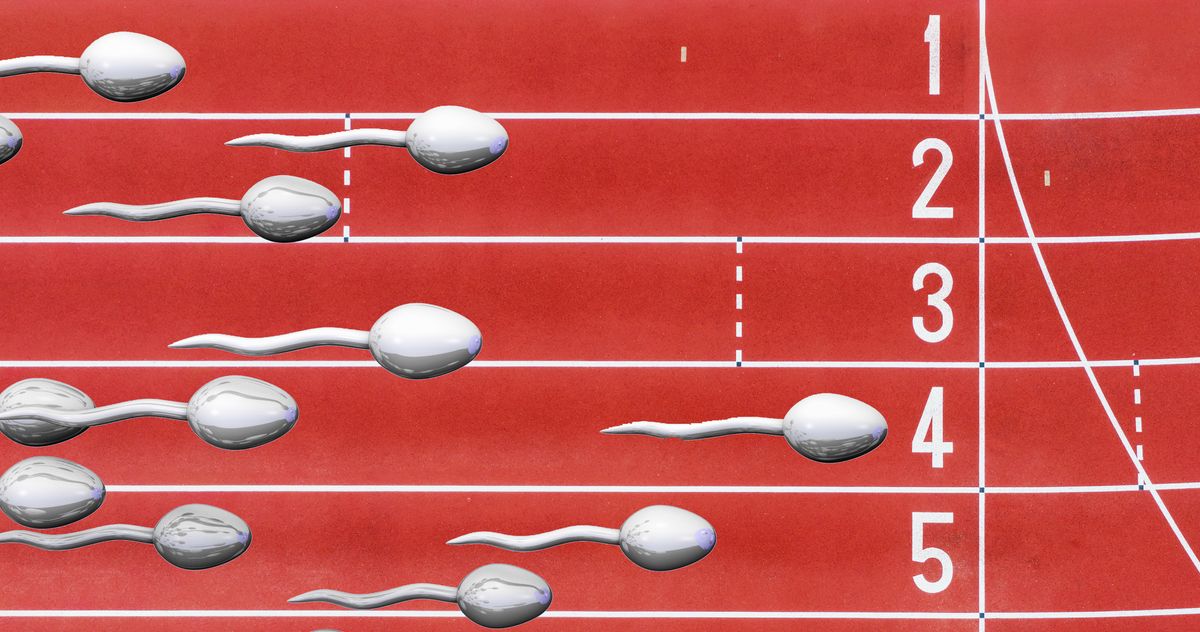Red Gulch Dinosaur Tracksite in Graybull, Wyoming
Roughly 160 million years ago, a tract of land near Greybull, Wyoming, was a real-life Jurassic Park. Located in the Bighorn Basin of north-central Wyoming and managed by the U.S. Department of the Interior, the 40-acre Red Gulch Dinosaur Tracksite is home to hundreds of dinosaur tracks preserved in limestone. Discovered in 1997 by Greybull native Erik Kvale, the tracks signaled a shocking shift in previously held beliefs that the area had once been fully covered by a shallow sea. Finding tracks that fell distinctly above a shoreline indicated to scientists and paleontologists that there must have been dry patches of land in the area that would have supported dinosaurs and other plant and animal life. Though they still don’t know which dinosaurs made the tracks preserved at Red Gulch, scientists today believe the prints were made by small or medium bipedal species. They also estimate that there are thousands more tracks to discover. In 2002, the site underwent renovations that now include an accessible boardwalk with an interpretive trail for visitors, plus picnic tables and benches.

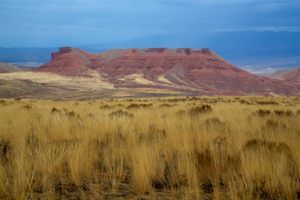
Roughly 160 million years ago, a tract of land near Greybull, Wyoming, was a real-life Jurassic Park.
Located in the Bighorn Basin of north-central Wyoming and managed by the U.S. Department of the Interior, the 40-acre Red Gulch Dinosaur Tracksite is home to hundreds of dinosaur tracks preserved in limestone.
Discovered in 1997 by Greybull native Erik Kvale, the tracks signaled a shocking shift in previously held beliefs that the area had once been fully covered by a shallow sea. Finding tracks that fell distinctly above a shoreline indicated to scientists and paleontologists that there must have been dry patches of land in the area that would have supported dinosaurs and other plant and animal life.
Though they still don’t know which dinosaurs made the tracks preserved at Red Gulch, scientists today believe the prints were made by small or medium bipedal species. They also estimate that there are thousands more tracks to discover.
In 2002, the site underwent renovations that now include an accessible boardwalk with an interpretive trail for visitors, plus picnic tables and benches.






















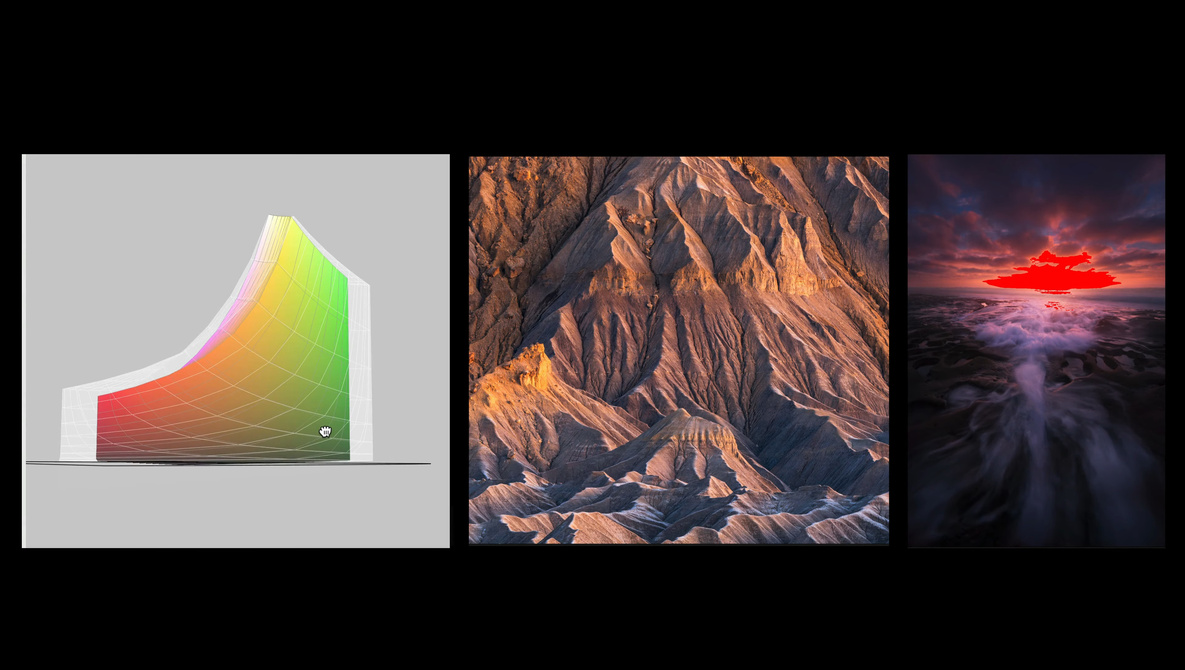











































-Baldur’s-Gate-3-The-Final-Patch---An-Animated-Short-00-03-43.png?width=1920&height=1920&fit=bounds&quality=70&format=jpg&auto=webp#)









